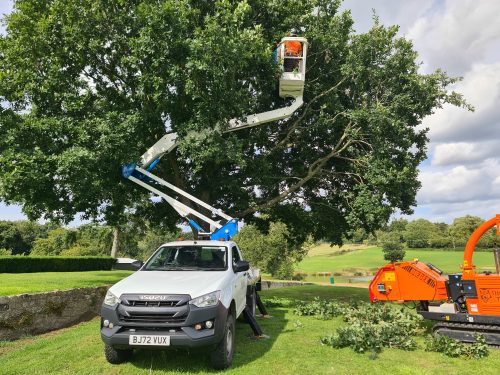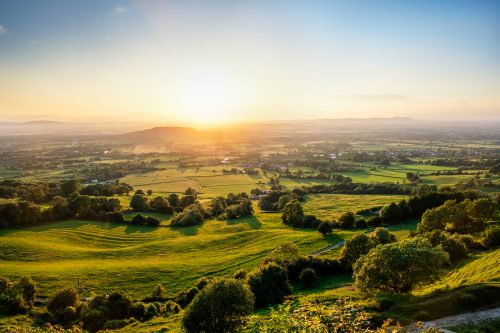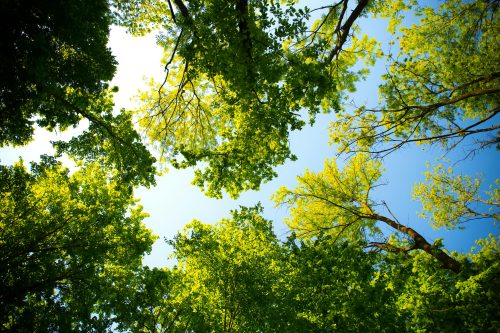 https://www.wilsontreesurgery.com/wp-content/uploads/2024/09/20230807_162313-500x375.jpg
https://www.wilsontreesurgery.com/wp-content/uploads/2024/09/20230807_162313-500x375.jpg
Machinery used in utility arboriculture
Read more
by Wilson Tree Surgery |
Nesting season in the UK comes with the arrival of spring and the flurry of activity it brings to our woodlands, parks, and gardens. As early as March, birds begin to construct the nests as they prepare for their young. As tree surgeons, it’s important to be aware of the timeline of nesting season and how we can be mindful of protecting the birds, their eggs and their nests.
Timeline of Nesting Season:
March-April: As temperatures begin to rise and daylight hours lengthen, birds start scouting for suitable nesting sites. UK resident birds begin building their nests around this time. They may inspect potential locations, from dense foliage to tree cavities or even man-made structures like nest boxes.
May-June: Nesting intensifies during this period as migrating birds begin to return to the UK. Hedgerows become full of bird song as males try to attract mates and birds are constructing their nests using a variety of materials, from twigs and grass to feathers and mud. Once the nest is built, females lay eggs.
June-July: This time marks the transition from the incubation period to hatching. Once the eggs are hatched, both parents tirelessly feed and care for their chicks, ensuring they grow strong and healthy enough to fledge the nest. This period is crucial for the survival of young birds, as they learn essential skills like flying and foraging.
July-August: By mid-summer, many bird species have successfully raised their young, and fledglings can be seen leaving the nests and learning to fly. Some species may even start a second brood if conditions are favorable and there is enough time before the onset of autumn. As summer progresses, bird activity begins to decline as adults and young birds prepare for migration or the colder months ahead.
Being Mindful During Nesting Season:
Tree surgeons play a vital role in maintaining the health and safety of trees, but it’s essential to be mindful of nesting wildlife during their work. Here are some key practices to ensure the protection of nesting birds and other wildlife:
Pre-Surveying Sites: Before commencing any tree work, conduct thorough surveys to identify active nests. Look for signs such as birds entering and leaving nest sites, vocalisations, or the presence of nesting materials.
Implement Buffer Zones: Establish buffer zones around known nesting sites and avoid working within these areas until nesting is complete and chicks have fledged. This helps minimise stress and disturbance to nesting birds and their young.
Consultation with Experts: When in doubt about the presence of nesting wildlife or the appropriate course of action, consult with wildlife experts or conservation organisations for guidance and support.
By adopting these practices, tree surgeons can contribute to the conservation of nesting birds and other wildlife, ensuring they have the space and resources they need to thrive during this critical period.
 https://www.wilsontreesurgery.com/wp-content/uploads/2024/09/20230807_162313-500x375.jpg
https://www.wilsontreesurgery.com/wp-content/uploads/2024/09/20230807_162313-500x375.jpg
Read more
 https://www.wilsontreesurgery.com/wp-content/uploads/2024/09/AdobeStock_475873508-500x333.jpeg
https://www.wilsontreesurgery.com/wp-content/uploads/2024/09/AdobeStock_475873508-500x333.jpeg
Read more
 https://www.wilsontreesurgery.com/wp-content/uploads/2024/09/pexels-valiphotos-589802-500x333.jpg
https://www.wilsontreesurgery.com/wp-content/uploads/2024/09/pexels-valiphotos-589802-500x333.jpg
Read more